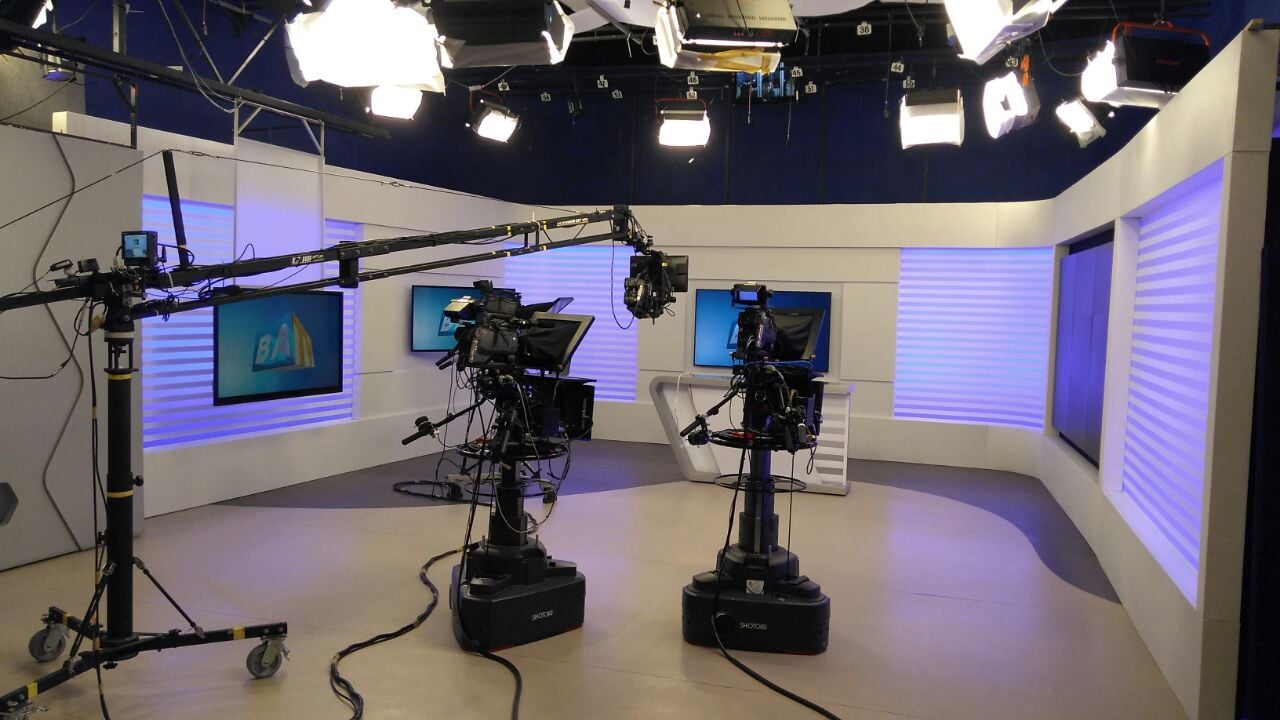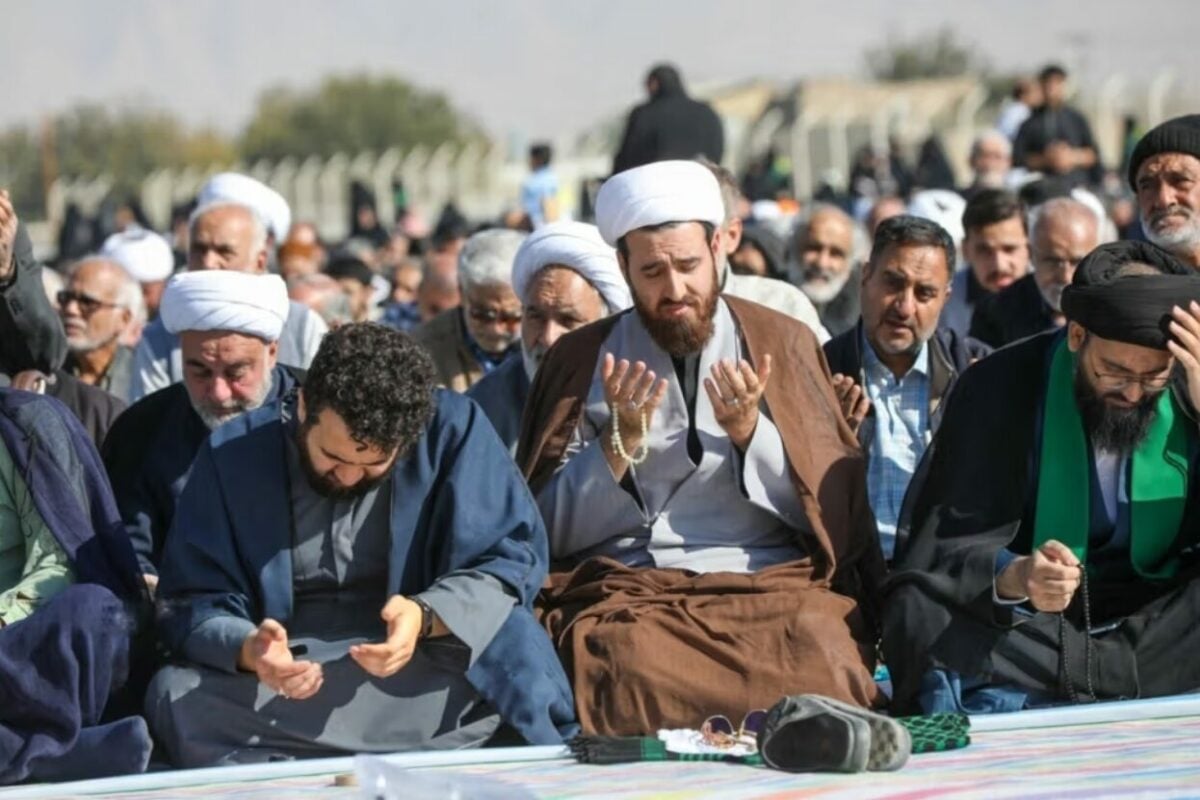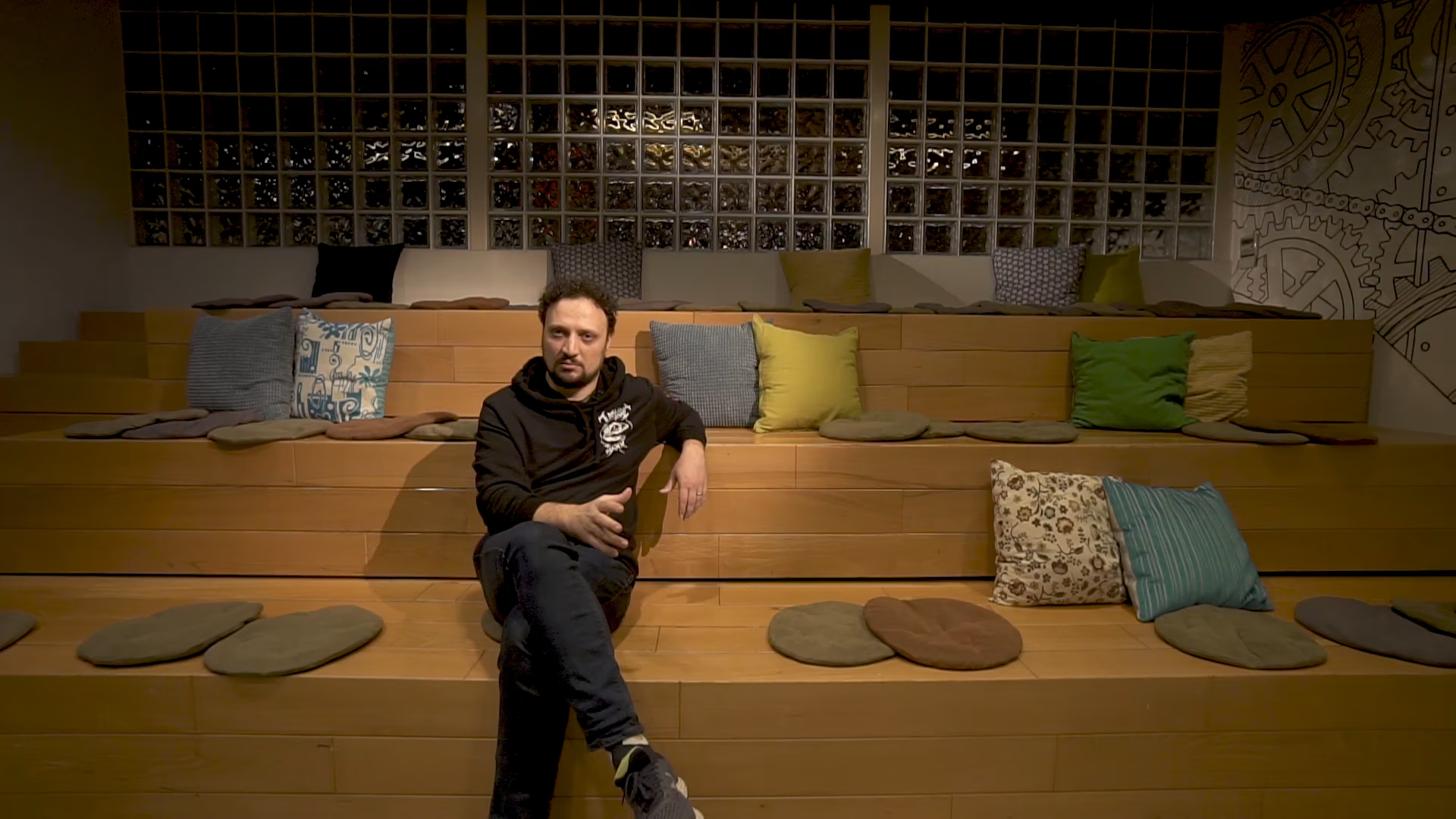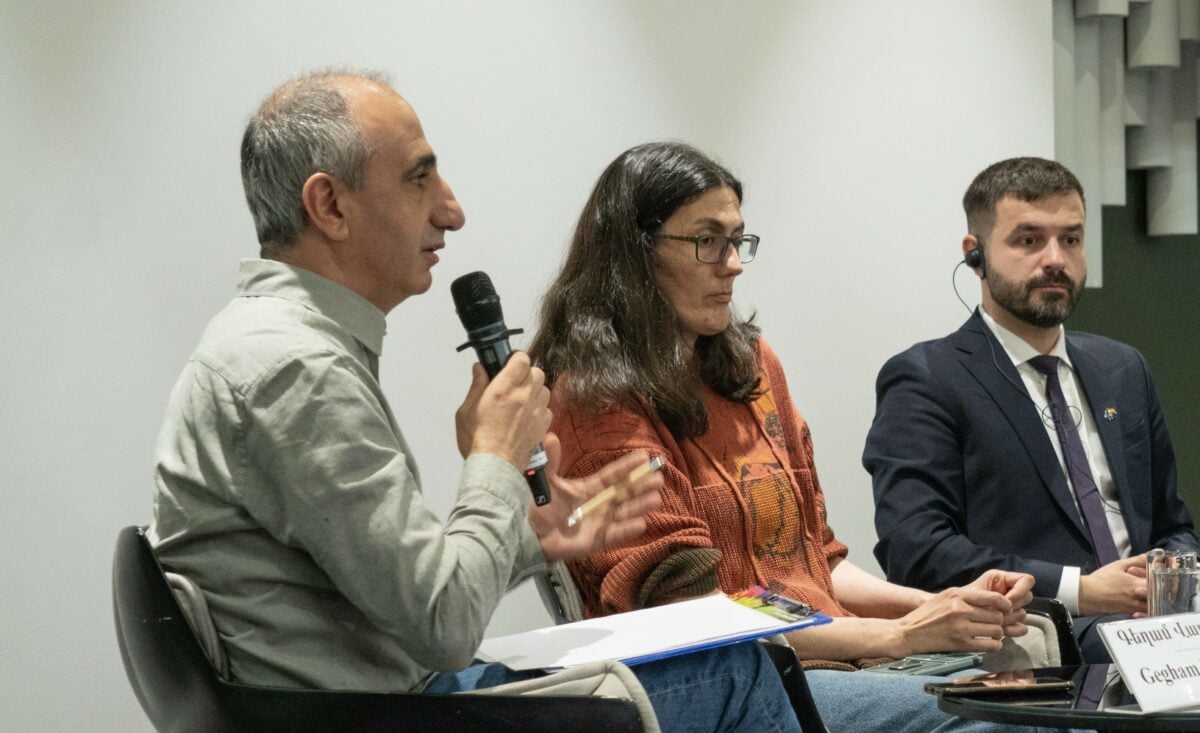There is no lack of applicants to university journalism programs, which proves that there is sustained interest in journalism education.
Also in great demand are private schools that train TV broadcasters — one of the shortcuts to television.
Instead of the long way of learning, these schools offer applicants the opportunity to learn the basic essential skills in a few months. And at the end of the program, the top students are promised employment.
Of course this is an attractive promise for any youth wanting to find their place in the workforce. And even “not the best” students can find work in the online space using their multimedia skills. Ultimately, a long time is not necessary to master these skills; you simply have to apply them and educate yourself.
In these schools, the written word is not key; emphasis is on on-air speech technique, working with the camera, the unique characteristics of doing an interview, and so on.
A few of the schools have a history of several years and operate successfully, thanks to the fact that they “make use of” people we see on television. It’s possible that these celebrities don’t have a professional education, but, all the same, young people are inspired and want to imitate them. Their personal experience becomes the axis on which these schools operate.
It’s probably interesting to hear what difficulties they overcame and how celebrities make mistakes, in order to get into television.
To understand the demand in the market and the quality of teaching of these educational institutions, we examined several old and new schools.
Mass Media Center offers a two-year master’s program in various streams. It is a joint project of Yerevan State University and the Council of the Public Television and Radio Company of Armenia.
The Center trains professionals in the television and radio industries. Maximum 10 students can be enrolled in each program: broadcaster, camera operator, film director, management, producer. This restriction is probably in place because of the school’s stated purpose of providing employment to the majority of its students.
The Center is sure that graduates of the program can without additional training work in and comply with the professional standards of television and radio.
For beginners, PanArmenian Media School makes a very attractive offer. The best students, it promises, have the opportunity to work at the companies of the PanArmenian Media Group. Armenia’s largest media organization admits there’s a need for fresh students who have new ideas. And it’s ready to train and polish them itself.
The company uses its experts, space, and technical capabilities to become established also in the field of journalism education. Judging from the flow of students, we think the demand for this school will be sustained.
One of the oldest in the field is Susanna Aleksanyan’s School of Radio and Television Presenters, where “speech technique, culture, mastery of broadcasting, image, working with the camera and microphone, journalism fundamentals, public speaking” and so on are taught.
Though this school is one of the oldest, it does not enjoy great popularity, which the director also confirms. The very long list of taught subjects is not reviewed; one is left with the impression that this school is still trying to find its place and purpose.
“In 1998, we boldly entered the field, trying to break the Soviet style and move toward Western practice. We wanted people not to get on air from the street, but to have certain knowledge. What we did wasn’t in demand, but it spread across the industry, and the approaches were used,” recounts Susanna Aleksanyan, who worked as a broadcaster for many years.
According to her, young people today want to master public-speaking and image-creating skills more than they did 10 years ago. “The subjects we teach at our school aren’t even included in university programs; I’m talking about broadcasting ethics, conduct with a camera, and other skills,” she says.
Well-known in the field is Abelyan Art School, which offers broadcasting, film directing, cinematography, and film editing skills. Abel Abelyan’s school has a 10-year history but actually is more like a group (admission begins from 15 years old).
Students in the higher grades are given the opportunity to work with a camera, to understand the nuances of editing, to do experimental work. It seems the school helps students determine their choice of profession and lay the groundwork for further study at another institution.
At Abelyan’s school, the practical (filming) plays a great role.
Another option is offered by the international Mass Media center’s Media broadcasting school, which has a training and educational program for TV and radio professionals. As in the case of the others, here too importance is given to the reputation and experience of the instructors. The Media school’s advantage is that besides familiar streams, students can learn “social media and blogging, and take English lessons.”
In journalism schools established by individuals, the flow of students isn’t that great, since there aren’t many promises here. The schools’ founders, who work at TV stations, for the most part do practical work with the students at their TV stations.
In few cases do schools have their own equipment; mainly the person’s reputation is given importance here. Based on this prestige factor, applicants also choose Gayane Paytyan’s TV Ideal specialized school and studio for broadcasters and journalists. Taught here are speech technique, posture, ethics, and the culture of communication, and development of the written thought and oral speech.
The youngest and freshest of the schools is GO LIVE! Here too besides the main streams (journalism, broadcasting, speech mastery, working with text, working with the camera), importance is placed on the correct coordination of time and organization of work.
“I can confidently say that universities today provide great theory but not practical knowledge. Those who graduated from university, in particular, express interest in our classes. They’re ready to learn practical knowledge provided they get a job offer at the end of the course,” says co-author of the initiative Aelita Chilingaryan.
Schools offering short-term and practical education don’t do specific research on demand, but they say that demand increases year after year.
It is observed that the interest in journalism is mainly limited to the television industry and the goal of being on air.
Gayane Asryan







